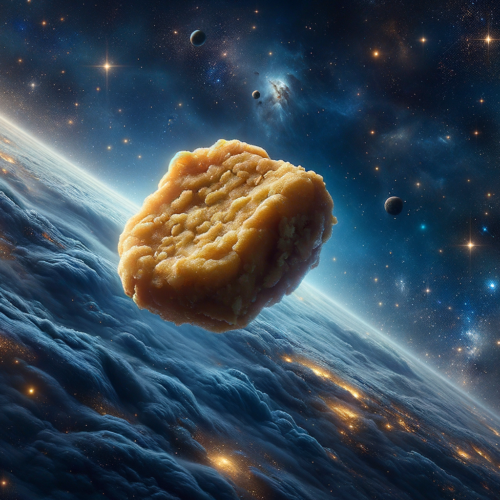The Blaze Star: A Celestial Phenomenon Returns
-
The Blaze Star, or T Coronae Borealis, set to illuminate the night sky for the first time since 1946, visible for a limited time between now and September.
-
This binary star system, located 3,000 light-years away, undergoes a recurrent nova event roughly every 80 years due to a thermonuclear explosion.
-
Located in the “Northern Crown” constellation, the event is anticipated to inspire a new generation of astronomers and scientists.
A Cosmic Spectacle Awakens
Spotting the Binary Brilliance
Every so often, the universe decides to throw a cosmic party, and everyone’s invited. The guest of honor? The Blaze Star, or T Coronae Borealis, making its grand entrance for the first time since the era of soda fountains and poodle skirts. Visible to the naked eye sometime between now and the cusp of autumn, this star promises a brief but breathtaking show, illuminating the night sky for about one week.
The Science Behind the Sparkle
But what’s behind this stellar spectacle? Imagine a cosmic dance between two partners: a white dwarf and a red giant. These stars form a binary system, locked in an eternal embrace. The white dwarf, an Earth-sized remnant of a star, siphons hydrogen from its larger companion, the red giant. This material accumulates on the white dwarf’s surface, brewing a celestial storm until—bang! A thermonuclear explosion lights up the galaxy, marking the event known as a recurrent nova. And with T Coronae Borealis, this cosmic performance repeats approximately every 80 years.
Where to Witness
To catch a glimpse of this rare event, direct your gaze towards the “Northern Crown” constellation, nestled between Hercules and Bootes. Here, amidst some of the summer sky’s brightest stars, the Blaze Star will make its appearance, proving that the heavens still hold secrets and surprises.
Astronomy’s Next Wave
This celestial event is more than just a beautiful display; it’s a beacon for future scientists and dreamers. Dr. Rebekah Hounsell from NASA’s Goddard Space Flight Center views it as a unique opportunity for young enthusiasts to engage with the cosmos. By observing, questioning, and collecting data, a new generation of astronomers will emerge, their passions ignited by the fiery spectacle of the Blaze Star.
Jon’s Take
As someone who’s always looking up, wondering about my own place in the cosmos, events like the Blaze Star’s appearance remind me that the universe is full of marvels waiting to be discovered. It’s a testament to the enduring allure of the night sky, a bridge between the past and the future of scientific exploration. So, let’s grab our telescopes, cast our eyes upwards, and remember—the truth isn’t just out there; it’s right here, in moments like these when the universe unveils its wonders.
Original Article




